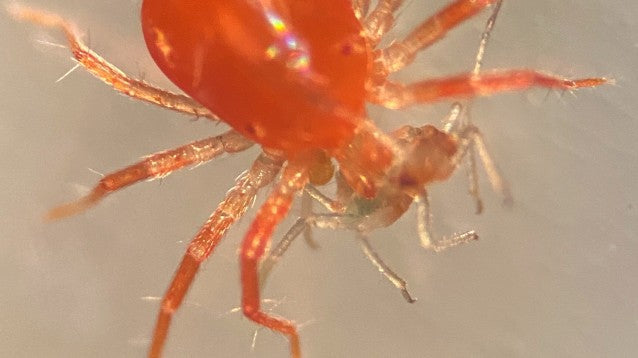Amblyseius andersoni - From Pollen to Pests
Amblyseius andersoni mites remain active over a very wide temperature range and are effective between 43° to 104°F, allowing them to be introduced much earlier in the growing season than other predatory mites.
Continue reading



